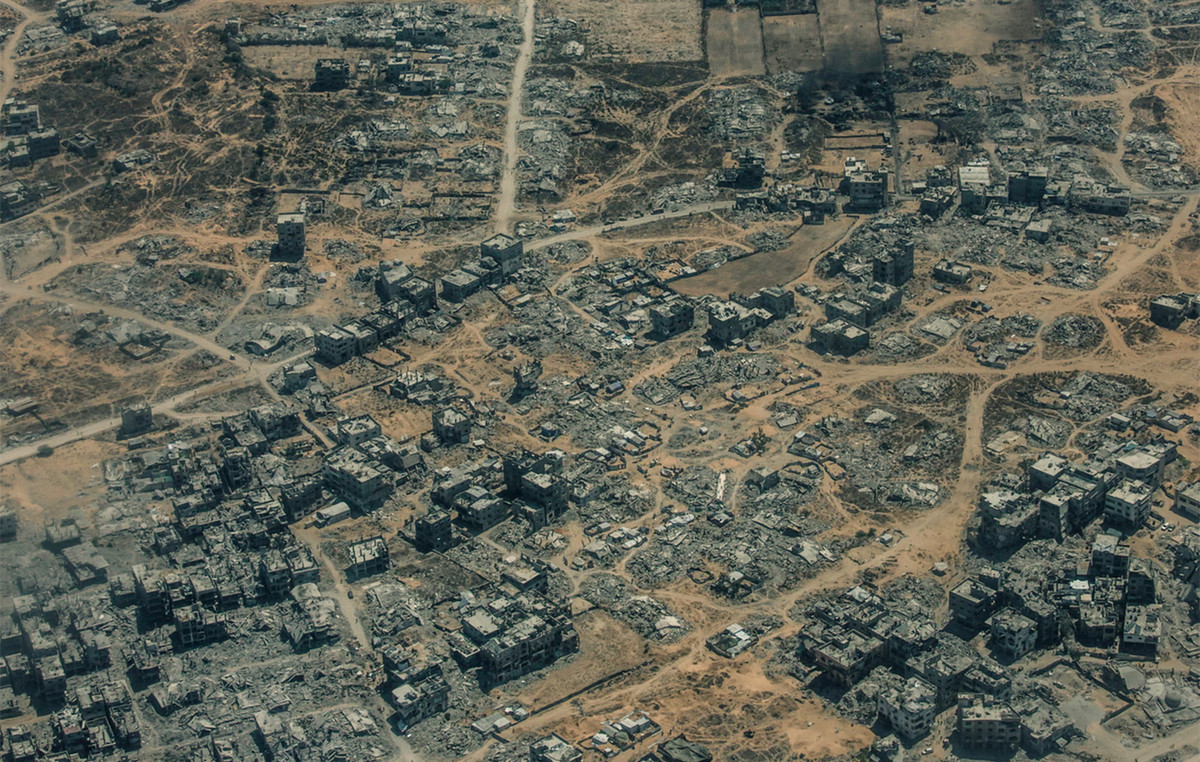As of this Monday (30), Military Police from a company and 8 battalions in Rio de Janeiro will use surveillance cameras in external activities. According to the PM, the images will be stored for a year and can be requested by agencies such as the Public Ministry and the Public Defender’s Office.
According to the state government, initially there will be 1607 cameras, but the project foresees up to 21,500 equipment, with an investment of R$ 6 million per month.
“This camera has a very clear idea of protecting the police as well because they can record. He can trigger and start recording or the Monitoring Center can start recording without him knowing. We believe that this is a great way for the police to protect themselves, but also for the population to be sure that someone is watching”, said governor Cláudio Castro, in a ceremony held in Copacabana.
In this first stage, the cameras, which are attached to the uniforms, begin to be used by military police officers of the 2nd BPM (Botafogo), 3rd BPM (Méier), 4th BPM (São Cristóvão), 6th BPM (Tijuca), 16th BPM (Olaria ), 17th BPM (Ilha do Governador), 19th BPM (Copacabana), 23rd BPM (Leblon) and 1st Independent Military Police Company (Laranjeiras). These units are subordinate to the 1st Area Police Command.
The measure takes effect almost a week after the operation that left 23 dead in Vila Cruzeiro and a little more than a year after the operation in Jacarezinho, which accounted for 28 deaths.
Castro says he will present measures to the STF in 30 days
Last Friday (27), Minister Edson Fachin, of the Federal Supreme Court, ordered the State of Rio de Janeiro to hear, within 30 days, the State Public Ministry, the State Public Defender’s Office and the Sectional Council of Brazilian Bar Association on the plan to reduce police lethality in Rio.
The suggestions presented by these bodies and entities to the plan already prepared by the Rio de Janeiro government must be accompanied by the respective justifications for their acceptance or rejection and subsequently sent.
In response to the STF’s decision, Castro told CNN that he will present the measures within the deadline determined by the Supreme Court.
“I spoke with Minister Fachin last Friday. We spoke on the phone and will speak next Wednesday, in person. The decision came on Friday itself and on Friday I already sent a request to the Public Security Institute to schedule public hearings. My determination is to comply with the 30 days determined by the STF. Judicial decision is fulfilled. Throughout this week and next week we will hold public hearings to improve the plan that we have forwarded and direct it to the STF”, declared the governor.
Experts interviewed by CNN defend the use of cameras
Professor of economics at the University of Queen Mary, in London, and specialist in public safety, Pedro Souza says he welcomes the project. “There is evidence from several studies that the use of equipment in uniforms generates a very large reduction in the use of force by police officers. This makes the performance of security agents safer, both for the citizen and for the police, since a conflict becomes less likely. For these reasons, I believe it is a very interesting project.”
“It is also important to mention the need to maintain the project and expand the recordings so that we can reach a large-scale performance. In addition, we need to place the cameras in regions of the city of Rio de Janeiro where acts of violence actually take place, such as favelas and dangerous regions”, adds the expert.
For the coordinator of the Nucleus for the Study of New Illegalisms (GENI-UFF), professor and sociologist specializing in public security Daniel Hirata, “all evidence of the use of cameras points to an improvement. With regard to the issue of police brutality, on the other hand, it is equally important for us to be very clear that the camera is equipment”.
Hirata points out that “it needs to be integrated into the institutional aspects, which involve the internal and external controls of police activity. So, for example, sharing these images with the Public Defender’s Office, with the Internal Affairs Department, with the Public Ministry, the storage time of this information, the way in which this will work. It depends, therefore, not only on the technology of the device, but on the interface of this device with the Criminal Justice system and particularly with regard to the internal controls of the police”.
“The impact will come if these cameras are used following the places where there is a greater concentration of problems of police lethality. It’s no use putting the camera to do the New Year’s Eve Patrol. Because it’s not on the sands of Copacabana, during New Year’s Eve, that police brutality takes place. So we have to direct these cameras to the areas, to the places and to situations where there is notorious abuse in the use of force and direct the efforts to these places to have an effectiveness in this implementation”, concludes the coordinator.
Source: CNN Brasil







